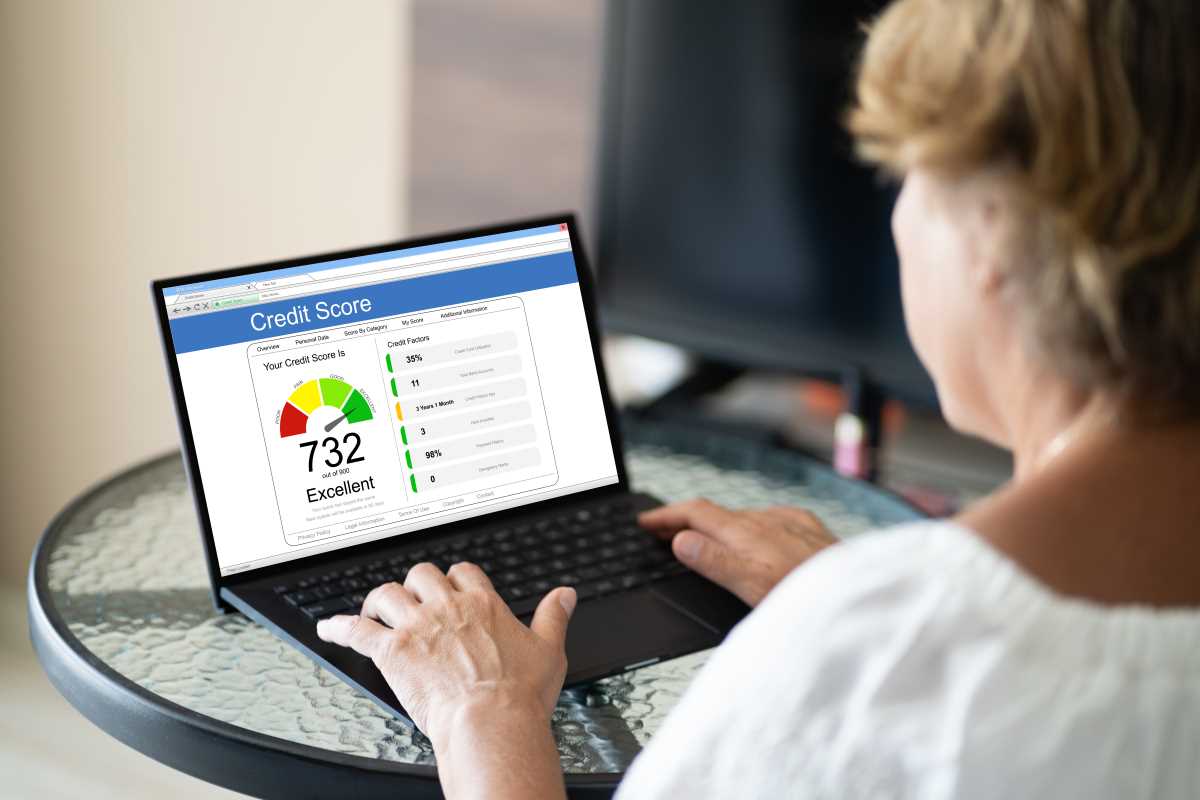Organizing your online accounts and preparing instructions for your digital assets after you’re gone can feel manageable with a thoughtful approach. Taking time to arrange your estate plans and digital files ensures that your loved ones know exactly what to do when the time comes. Keeping track of important logins, storing essential documents in a safe place, and providing clear guidance about your wishes all help prevent unnecessary stress or confusion. When you handle these details now, you offer peace of mind for yourself and make things easier for those who matter most in the future.
Most people have dozens of accounts, from email and social media to cloud storage and online banking. Without a plan, heirs may struggle to find passwords or miss out on important digital assets. You’ll feel more in control when you map everything out now.
Understanding Digital Asset Management
Digital asset management includes any online resource that holds value or sentimental importance. That can include everything from cryptocurrency wallets to family photos stored on cloud services. When you list these assets, you let heirs know exactly what they need to handle.
Organizing files isn’t just about labeling folders. It also involves storing passwords securely, writing instructions for accounts, and choosing who gets access. When you use dedicated tools, you keep information current without cluttering your personal journal or leaving sticky notes on your desk.
Key Steps to Streamline Estate Planning
- Inventory Your Accounts. Write down every online account you have. Include usernames, emails, and relevant phone numbers. Use a secure spreadsheet or a password vault so you can update it easily.
- Choose a Digital Executor. Select someone tech-savvy and trustworthy. This person oversees your online assets and follows your wishes, whether that means deleting accounts or passing along creative works.
- Set Access Instructions. Be specific about how and when accounts transfer. For example, you might request that social media profiles shut down within thirty days or that cloud photo albums move to a family member.
- Use Encrypted Storage. Store your account list in an encrypted location. A password manager with a legacy feature or a dedicated vault app allows your executor to retrieve credentials safely.
- Review and Update Regularly. Schedule a quarterly check. Delete old accounts and add new ones. A quick review keeps your list accurate and ready to use.
Choosing the Right Digital Tools
- LastPass: This password manager offers an emergency access feature. You can grant someone permission to retrieve your vault after a waiting period.
- 1Password: The “Digital Legacy” feature lets you assign family or friends who get access when you can’t log in yourself.
- Dropbox: Use a shared folder for important documents. You can control who sees wills, tax returns, or investment statements.
- Evernote: Store text notes, scanned documents, and voice memos. Grant a trusted contact access to one or more notebooks.
Best Practices for Security and Access
You want to keep your information safe while making it accessible to the right person. That starts with strong, unique passwords and multi-factor authentication on every account. Use an authenticator app instead of SMS whenever possible. Apps like Authy or Google Authenticator work well.
Think about having backups. Save copies of your encrypted vault or key document in two different services. For example, keep one in a secured cloud folder and another on an external encrypted drive. If one service experiences an outage, your executor still has a backup plan.
Integrating Estate and Retirement Planning
You’ll save time by aligning your instructions for estate and retirement planning. Combine beneficiary designations, pension details, and account access in one central location.
Creating a single document or vault that covers both finances and digital holdings provides a complete plan. Share it with your financial advisor or estate attorney to keep everything consistent and clear.
Getting your digital estate in order might seem tricky at first, but breaking the work into small steps makes it manageable. You will gain peace of mind knowing your files, accounts, and instructions are stored securely in one place. Updating your plan regularly helps your loved ones handle things smoothly when the time comes.
Begin your digital estate planning by listing assets, selecting suitable tools, and setting clear guidelines. Taking these steps now will benefit you later.







